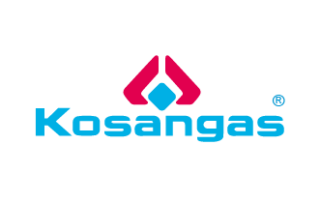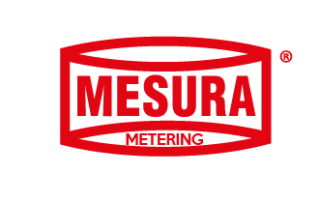Welcome to Cavagna Group
Founded and run as a family business, the Cavagna Group has been in operation since 1949, carrying the mechanical excellence of the ‘Made in Italy’ essence and authenticity around all continents of the Globe.
Cavagna Group is a key industrial partner and enabler for the treatment, distribution, control, and metering being safely used in all types of gases, in every step of different supply chains, with a continued ‘big picture’ view of the Future of Energy.
The Cavagna Group believes in the strategic importance of molecules and gas in the ecological transition.

Blog & Press Review
Kohda Valve and Cavagna Group together for a new industrial cooperation Joint Venture
New cleaning booth boosts quality and efficiency in the Cavagna Group’s laboratories
Medical trade show 2023: The Cavagna Group’s healthcare range arrives in Düsseldorf
LPG Week 2023: the world LPG event in Rome
The Cavagna Group continues to expand in Africa with the opening of a Company in the Ivory Coast.
A partnership with Ecomotive Solutions to develop sustainable mobility
Unfolding Compressed Gas Applications
The Cavagna Group’s valves are the only ones approved in Jordan
Investing in BioLPG: the reasons behind this choice
The future of energy lies in bioLPG
The Energy Transition is already underway
The Cavagna Group acquires an equity interest in Ecomotive Solutions

Events
Upcoming Events 2023
LEARN MORE



















